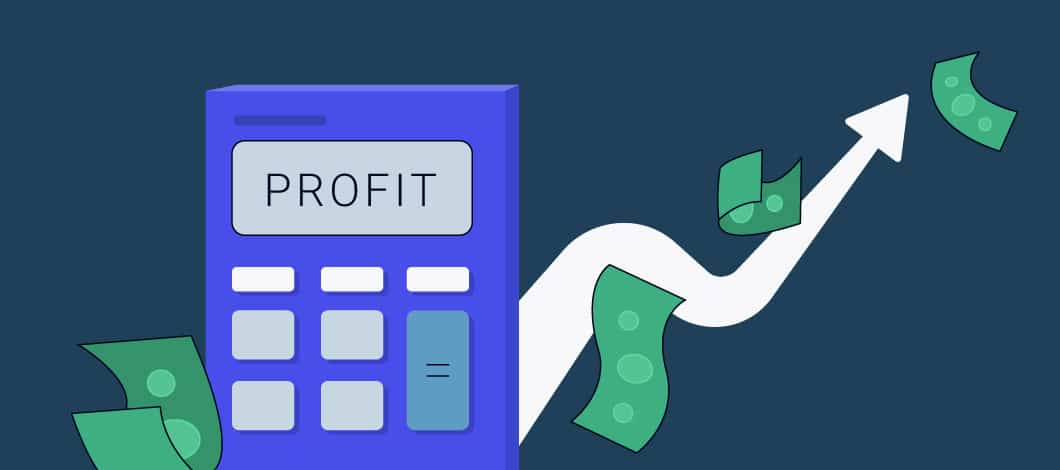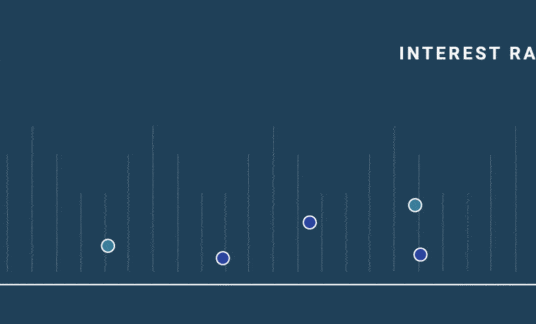When determining cash flow vs. profit, remember cash flow refers to the coming and going of money within your business. In contrast, profit is how much has been earned after subtracting total expenses from total revenues.
Just because a business posts a healthy profit doesn’t mean it’s bringing in sufficient cash to pay the bills. The reverse is also true. Companies can receive significant capital but lack steady revenue and, thus, profitability.
Here’s what you need to know about cash flow vs. profit and how each relates to your business goals.
What Is Cash Flow?
As mentioned, cash flow is the reporting of cash that comes in and out of your organization’s coffers. The sum total of the cash inflows and outflows determines if your business is cash-flow positive or negative.
A cash-flow positive business is one that can meet its current obligations such as rent, salaries, utilities and short-term notes payable. A negative cash flow indicates that more cash is being used than deposited.
Business processes can also affect cash flow. For example, if net 60 terms are decreasing payment deposits — even though sales were reported — profitability could be high, but cash flow is negative because the actual cash hasn’t been submitted.
Cash flows are organized by 3 categories:
- Operations
- Investment activity
- Financing activity
Separating the cash flow statement into these 3 segments gives business owners and external users — such as investors and lenders — a bird’s-eye view of how efficiently the company is collecting cash.
Operations
Operating income comes from the literal running of the company — sales and service revenues, and the day-to-day expenses that keep the doors open. The cash receipts from operating income, minus current expenses that were immediately paid for, are reported so operations income can be separated from the other inflows and usages of cash on hand. It can also determine if there are aspects of operations that should be closely examined, such as increasing revenue or decreasing certain expenses.
Investing Activity
This category of the cash flow statement notes how much the company is spending in long-term investments. For example, cash flows could be impacted if the company just bought new computers, land or other major assets, such as machinery, real estate or vehicles.
A larger company buying equity in a smaller company or purchasing intangible assets, such as copyrights and other intellectual property, also count as investment activities.
Financing Activity
Cash isn’t always generated by sales. Raising capital is an important part of running a business. Business owners should remember that each source of capital has distinct advantages and disadvantages. That said, each source’s respective impact on current and future cash flows must be considered.
Debt financing, including bank loans and bonds, can eat into available cash over time if interest rates are high. Equity financing can generate more cash in the short term, but it will dilute future profits when dividends must be paid.
For smaller companies, the owners putting their own savings into the company’s accounts would appear under financing activities in a cash-flow statement.

What Is Profit?
Profit is the result of subtracting expenses from revenues. There are 2 different measures of profit, depending on the type of business you own — gross profit and net profit.
Gross Profit
Gross profit is total revenue minus the cost of goods sold (COGS). COGS refers specifically to the inputs related to production or sales, such as raw materials needed to produce goods, as well as the labor and components needed for production or the purchase of pre-fabricated inventory.
Service businesses might not have a COGS element and only have to report the net profit.
Net Profit
Net profit is gross profit minus expenses. Operating expenses, such as rent, salaries, utilities and other operations and administrative expenses, get subtracted from the gross profit. Without regard to when the income from the sales were actually received, or expenses actually paid, these items are all reported in the profit calculation under the accrual accounting method.
Cash-Flow Strong Businesses vs. Profitable Businesses
Being profitable means that a healthy revenue can be generated without spending a lot on operating expenses. A business that makes a profit might not be very profitable, but still be able to recoup its expenses and come out slightly ahead. A highly profitable business can spend less to earn more.
Revenue is one factor in the profit, but how much cash is being spent is another major factor. Consistent or explosive revenue growth can indicate the company is making good use of its resources and shows promise for even more growth. Contracted or stagnant revenue can indicate changes in operations or that the business is at an early stage and doesn’t have tractable revenue streams yet.
However, if expenses exceed the gross profit, it doesn’t necessarily indicate poor management. Downturns and growth phases also can cause expenses to increase. Consistently high expenses leading to losses or low-profit margins demonstrate low profitability while lower expenses indicate high profitability. For example, a business spending $10,000 to make $50,000 is more favorable than a business spending $70,000 to make $100,000.
Cash-flow issues could arise in the example businesses above, however, regardless of profitability. The business with $50,000 in sales is more profitable than the one with $100,000 in sales. However, suppose the more profitable company has sales delayed because of payment processor issues, and then customers take their time paying their bills. Meanwhile, the less profitable company has a shorter sales cycle and significant investments from the owners. In this case, the latter business is more likely to be cash-flow positive.
Cash Flow vs. Profit: Which Is More Important to Your Business?
When it comes to cash flow vs. profit, both of these metrics are important for different reasons. As for which one is a higher priority for improvement, it ultimately depends on your business goals, your industry’s nuances and your company’s specific business model.
If you’re trying to raise capital past the self-funding stage, profitability is more of a focal point. If your chief goal is sustaining your current level of operations, focus on improving cash flow.











